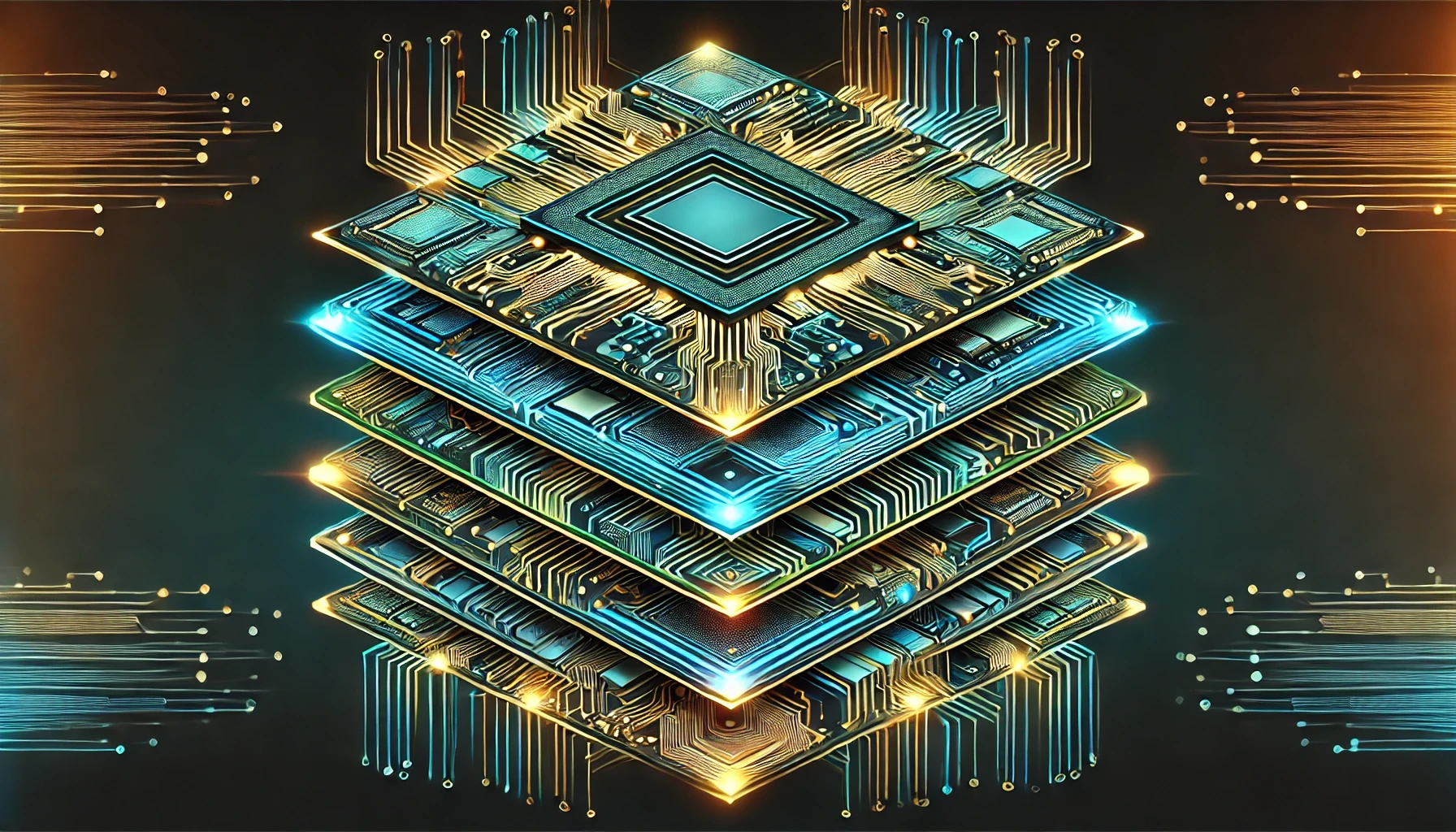1. What Are Layer 2 Solutions?
Layer 2 solutions are protocols or frameworks built on top of a Layer 1 blockchain, such as Ethereum, to enhance its performance. While Layer 1 handles the core functionalities like security and decentralization, Layer 2 takes on additional tasks, primarily focused on scalability.
Key goals of Layer 2 solutions:
Scalability: Handle more transactions per second (TPS).
Cost Reduction: Minimize gas fees.
Enhanced User Experience: Make DeFi more accessible to users by reducing delays and costs.
Analogy:
Think of Layer 1 as a highway, and Layer 2 as a series of express lanes added to alleviate traffic and speed up transit.
2. How Do Layer 2 Solutions Work?
a. Offloading Transactions
Layer 2 solutions process transactions off the main blockchain (Layer 1) while maintaining a connection to it for security and settlement.
b. Batch Processing
They bundle multiple transactions into a single transaction and submit it to the main blockchain, reducing the load on Layer 1.
c. Smart Contracts Integration
Layer 2 solutions interact with Layer 1 smart contracts to ensure the integrity of off-chain processes.
3. Types of Layer 2 Solutions
a. Rollups
Rollups execute transactions off-chain and bundle them into batches to submit back to the Layer 1 blockchain.
Types of Rollups:
Optimistic Rollups: Assume transactions are valid and only check for fraud when flagged (e.g., Arbitrum, Optimism).
Zero-Knowledge (ZK) Rollups: Use cryptographic proofs to validate transactions, ensuring faster and more secure settlements (e.g., zkSync, StarkNet).
Why Rollups Matter for DeFi:
Drastically lower gas fees.
Maintain security through the Layer 1 blockchain.
b. Sidechains
Sidechains are independent blockchains connected to the main chain via bridges. They operate with their own consensus mechanisms but periodically interact with the main chain for asset transfers.
Examples:
Polygon: A leading sidechain offering fast, low-cost transactions.
Pros:
High flexibility and scalability.
Cons:May not inherit Layer 1 security entirely.
c. State Channels
State channels allow two parties to transact off-chain, only recording the final state on the blockchain.
Example:
Raiden Network for Ethereum.
Pros:
Instant transactions with negligible fees.
Cons:Limited use cases, mostly for peer-to-peer payments.
d. Plasma Chains
Plasma chains operate as smaller chains linked to a main blockchain, processing large volumes of transactions off-chain and reporting only periodic summaries.
Example:
OMG Network for Ethereum scalability.
Use Case:
High-volume applications like gaming and micropayments.
4. Why Are Layer 2 Solutions Crucial for DeFi?
a. Solving Scalability Challenges
DeFi adoption has led to congestion on Layer 1 networks like Ethereum, resulting in:
High transaction fees (often exceeding $50 during peak times).
Slow confirmation times, discouraging smaller transactions.
Layer 2 alleviates these issues by handling a significant portion of transactions off-chain.
b. Reducing Costs for Users
High gas fees have made DeFi platforms inaccessible to many users. By significantly lowering transaction costs, Layer 2 solutions democratize access to DeFi services like:
Token swaps.
Lending and borrowing.
Yield farming.
Example:
With zkSync, gas fees for a token swap can drop from $30 to under $1.
c. Enabling Mass Adoption
For DeFi to compete with traditional financial systems, it needs to cater to millions of users. Layer 2 solutions provide the scalability required for global adoption without compromising decentralization.
d. Supporting Developers
Developers benefit from lower costs and faster processing speeds, enabling them to create more innovative applications without being constrained by Layer 1 limitations.
5. Real-World Examples of Layer 2 in DeFi
a. Uniswap on Optimism
The popular decentralized exchange Uniswap integrated with Optimism, an Optimistic Rollup solution, to offer faster and cheaper trades.
b. Aave on Polygon
Aave, a leading DeFi lending protocol, deployed on Polygon to reduce transaction fees for users borrowing or lending assets.
c. Synthetix on Arbitrum
Synthetix adopted Arbitrum for faster and cost-effective trading of synthetic assets.
6. Challenges of Layer 2 Solutions
a. Fragmentation
The rise of multiple Layer 2 solutions can lead to a fragmented ecosystem, requiring bridges to move assets between them.
b. Complexity
For non-technical users, navigating Layer 2 platforms and understanding bridging mechanisms can be daunting.
c. Security Risks
While Layer 2 solutions enhance scalability, their reliance on Layer 1 security can still expose vulnerabilities if poorly implemented.
7. The Future of Layer 2 in DeFi
Layer 2 solutions will play a pivotal role in the evolution of DeFi by:
Enabling new applications such as high-frequency trading and micropayments.
Supporting Ethereum’s transition to Ethereum 2.0, complementing its scalability improvements.
Promoting interoperability among blockchains through cross-chain solutions.
Conclusion
Layer 2 solutions are the backbone of DeFi’s future, addressing scalability and cost issues that have hindered mainstream adoption. By enabling faster, cheaper, and more efficient transactions, Layer 2 makes DeFi more accessible to users and developers alike.
Whether through rollups, sidechains, or state channels, these innovations are paving the way for a more robust and inclusive decentralized financial ecosystem. Staying informed about Layer 2 solutions is crucial for anyone looking to participate in or develop within the DeFi space.
